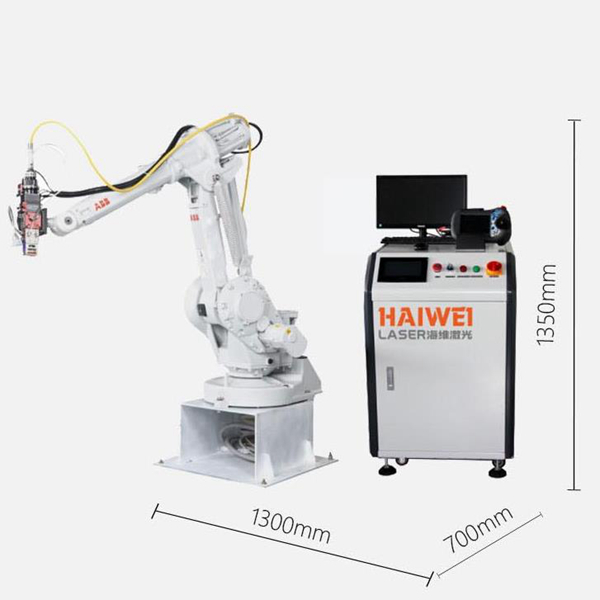Laser Welding Robots: Improving Efficiency and Quality in Industrial Production
In modern manufacturing, the combination of robotics and laser technology has become a key solution for achieving both high productivity and consistent weld quality. Laser welding robots integrate the precision of laser heat sources with the flexibility of robotic motion, making them suitable for a wide range of industrial applications—from automotive components to battery enclosures and precision machinery.

1. Consistent Welding Performance
One of the main advantages of laser welding robots is repeatability. Once a welding path and parameter set are programmed and validated, the system can reproduce the same weld thousands of times with minimal variation. This reduces defects such as undercut, porosity, or incomplete fusion, leading to higher first-pass yield and less rework.
2. High-Speed Processing with Low Distortion
Laser welding delivers concentrated energy, enabling fast travel speeds and narrow heat-affected zones. When combined with a robot’s ability to maintain steady motion and precise beam positioning, this results in clean, strong welds with minimal part deformation—especially important for thin-sheet metal or complex assemblies.
3. Flexibility for Complex Geometries
Unlike fixed laser workstations, robotic arms can access difficult-to-reach areas and follow 3D contours with accuracy. This makes laser welding robots ideal for parts with curved seams, irregular shapes, or multi-position welding requirements. With proper programming, one system can handle multiple product variants, supporting mixed-model production.
4. Integration with Automation and Monitoring Systems
Modern laser welding robots can be integrated into fully automated production lines, including part handling, pre-weld scanning, and post-weld inspection. Optional features like seam tracking, adaptive control, and real-time process monitoring further enhance reliability, especially when dealing with minor part variations.
5. Reduced Long-Term Operating Costs
While the initial investment may be higher than manual welding, the long-term benefits include lower labor costs, reduced scrap rates, and less need for post-weld finishing. With proper maintenance, these systems offer stable performance over many years.
For manufacturers looking to improve both throughput and quality, laser welding robots provide a balanced solution that supports scalability, precision, and process control in demanding production environments.
Recent Posts
- What are the advantages of laser welding machines in lithium battery pack production lines?
- What issues should be noted when choosing a lithium battery pack production line?
- Quality Inspection and Control of Lithium Battery Module Pack Production Line
- Cell grouping and sorting process in lithium battery module pack production line
- What are the safety hazards of lithium battery pack production lines and how can they be prevented?
INQUIRY

